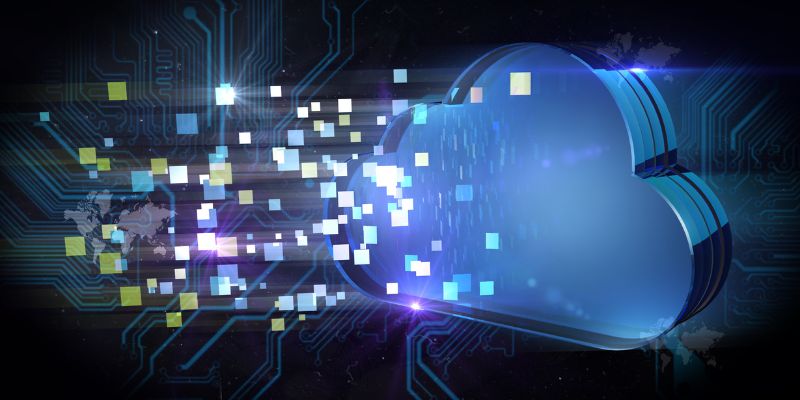
Ransomware
Artificial Intelligence
The Rise of Quantum Computing

Phishing Attacks
Blockchain
Looking ahead, blockchain is expected to play a bigger role in securing Internet of Things (IoT) devices by making each device a secure node in a network. Additionally, its use in smart contracts is anticipated to rise, ensuring better security in online deals and cutting the risk of breaches. As blockchain matures, it’s set to offer more solutions to fortify digital data, manage identities, and protect networks against cyber threats.
IoT Security

Zero-Trust Security
Data Regulations
Biometric Authentication Challenges
Expansion of Remote Work

Key Takeaways
Scalable cloud talent, on demand
Hourly, contract, contract-to-hire, full-time—we've got you covered. Explore our cloud talent solutions today to get the help you need.

Related articles
How to Effectively Integrate AI into Your Projects
Artificial intelligence (AI) has gone from a futuristic idea to a driving force in how businesses operate. Whether it's automating processes, analyzing data, or enhancing customer experiences, AI is opening up new possibilities for teams across industries. But knowing...
The 7 Rs of Cloud Migration: Choosing the Right Path for Your Business
Moving applications to the cloud isn’t just a technical shift — it’s a strategic move that impacts your company’s future. But how do you choose the best path forward? The good news is that the cloud migration process doesn’t have to be overwhelming. Enter the 7 Rs —...
Maximize Growth and Talent: 5 Reasons Software Companies Need an IT Staffing Partner
The tech world is always pushing forward, and staying competitive means having the right people in place when you need them most. But finding talented engineers, developers, or project managers can be a serious challenge when you’re also juggling deadlines, product...







